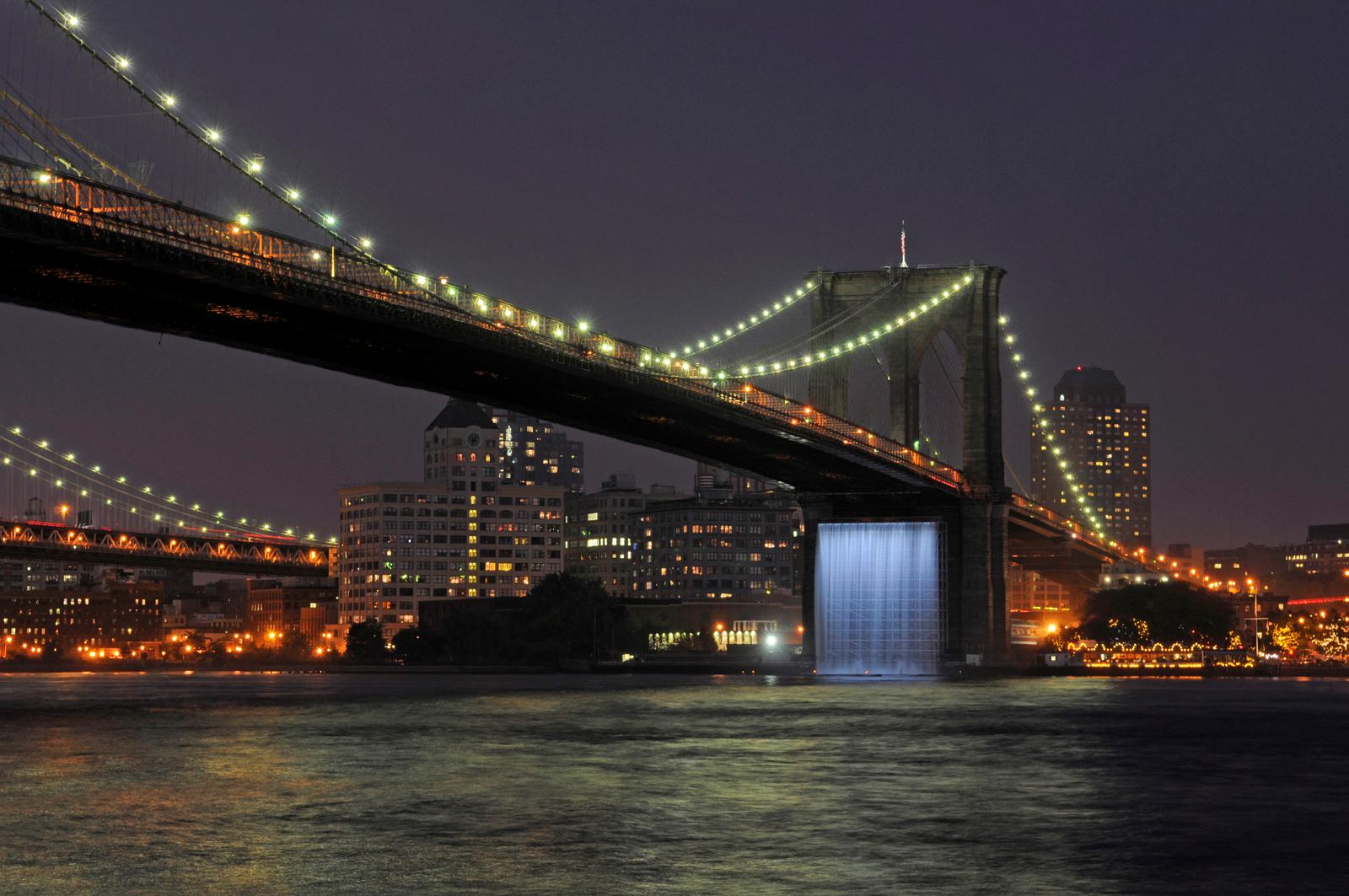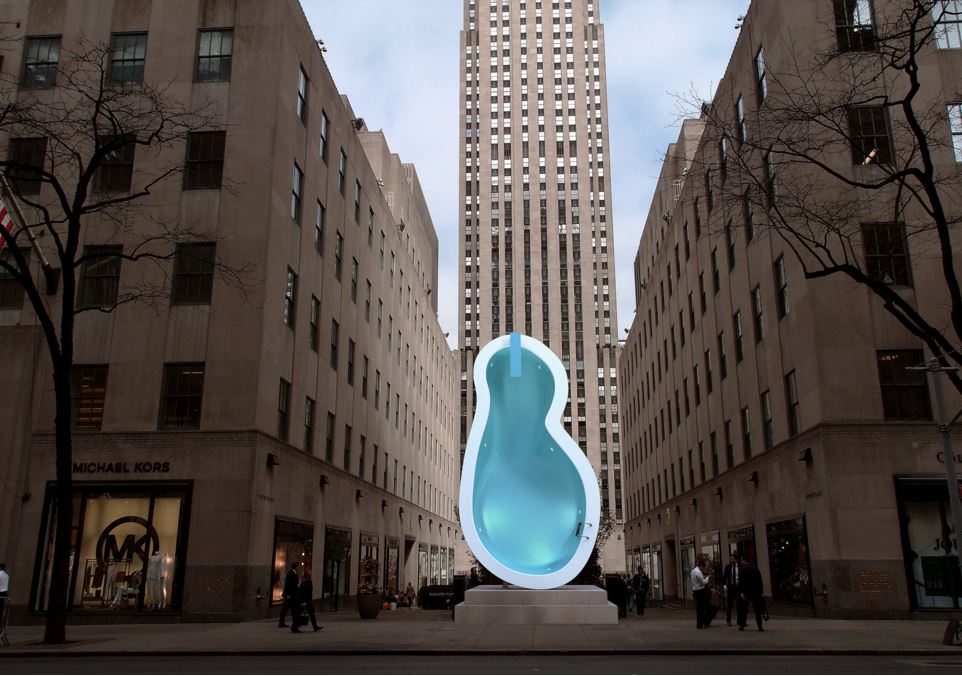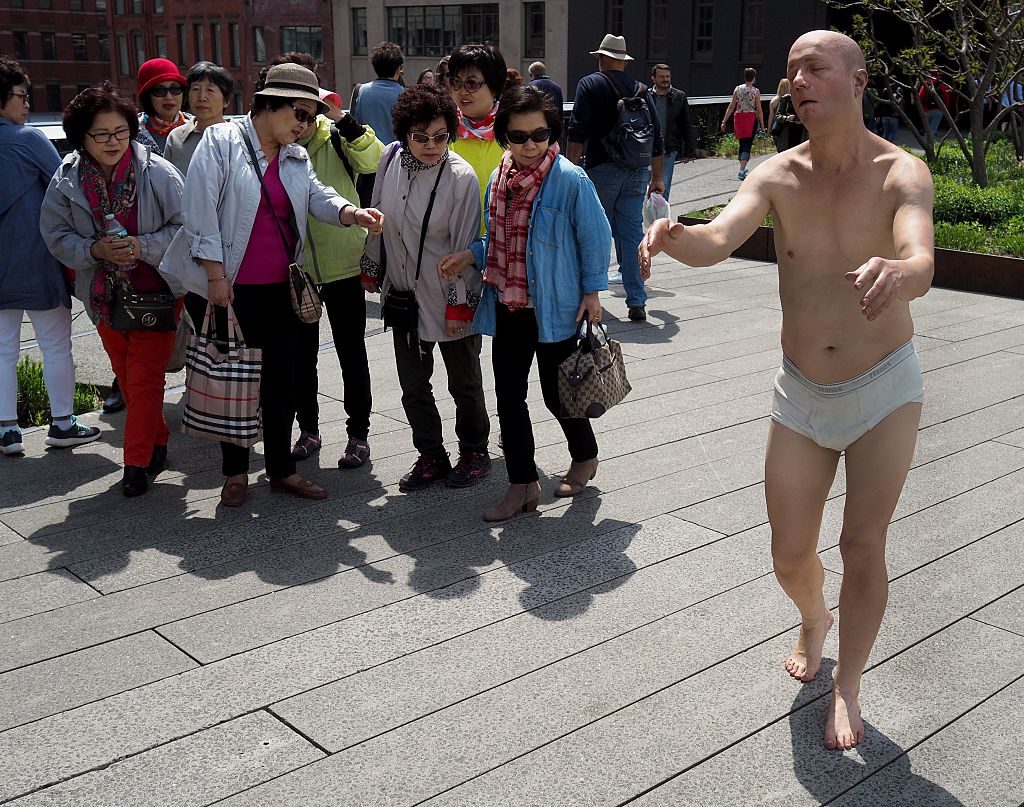Art World
Art Demystified: What Is the Real Impact of Public Art Programs?
Is public art really beneficial to the public?
Is public art really beneficial to the public?
Due to its cost and visibility, public art can be tough sell to, well, the public. So what are the benefits of public artworks, and when did the idea begin?
The production and introduction of artworks into the public domain started to be regulated and organized by national programs in the 1930s. Although state-sponsored institutions—such as the US Federal Art Project, the USSR’s Ministry of Culture, and the Chinese Communist Party’s art-related efforts—primarily pursued propaganda goals, this laid the foundation for public art programs worldwide.
As the movements of minimalism and pop art in the 1960s and 1970s changed the concept of what could be classified as art, the idea of introducing art into the public space gained traction in the US and elsewhere. In Germany, for instance, up to 1.5 percent of a public building’s construction budget is used for site-specific art. Other European countries have dedicated certain funds to public art as well, according to a Percent for Art report.
This idea is also reflected in the establishment of non-profits such as New York’s Public Art Fund, which started in 1977 with the purpose of commissioning and realizing local public art projects.
“The exciting thing about public art is that it provides artists with unparalleled opportunities to think outside the traditional and physical limitations of the white cube,” Nicholas Baume, director of the Public Art Fund, told artnet News in an email. “And it gives audiences the opportunity to experience a familiar space, in a completely new way, through the eyes of the artist.”

Olafur Eliasson The New York City Waterfalls (Brooklyn Bridge) (2008). Photo: Julienne Schaer, Courtesy Public Art Fund.
Today many public artworks have become symbolic of the spaces they inhabit, for better or worse. For example, in Chicago, Anish Kapoor’s Cloud Gate (2006) affectionately dubbed “the bean” by locals, is almost synonymous with the city.
However, as the size, scope, and ambition of public art projects have expanded so too has the cost and complexity of realization, prompting increasing levels of criticism and skepticism from the public. For example, in 1989 Richard Serra’s monumental Tilted Arc (1981) installed at New York’s Foley Federal Plaza, was removed following a lawsuit by office workers who claimed it disrupted their daily routines.

Elmgreen & Dragset, rendering of “Van Gogh’s Ear” (2016). Courtesy of the Public Art Fund.
Additionally, Kapoor’s Cloud Gate cost a staggering $23 million, although much of the cost was privately funded. Nonetheless, it was an opportunity critics pounced on.
“Imagine if the city raised $23 million to dump into the failing Chicago Public School system, or if the money was spent to save some of the city’s much-needed mental health facilities. But hey, at least now we have something big and shiny to attract the tourists instead…” writes one blogger.

Tourists stop to look at artist Tony Matelli’s “Sleepwalker” (2014),on the High Line as part of the show “Wanderlust”. Courtesy of TIMOTHY A. CLARY/AFP/Getty Images.
Despite the cost, Baume pointed out that public art projects can make money, too.
“Public art can also be a significant driver for the economy,” he said. “Consider our 2008 project with Olafur Eliasson, which had a economic impact of $69 million for New York City and drew more than 3.5 million visitors from more than 50 countries.”
He continues, “Unlike more traditional institutions like museums, we don’t have major building expansions or overhead; the vast majority of our funding is spent on presenting the work.”
In October, the Public Art Fund is debuting Spencer Finch’s Lost Man Creek, a mini-forest containing 4,000 Dawn Redwoods installed from October 1, 2016–March 2017 in downtown Brooklyn. The fund is betting big that the artist will be a draw to the area.